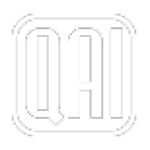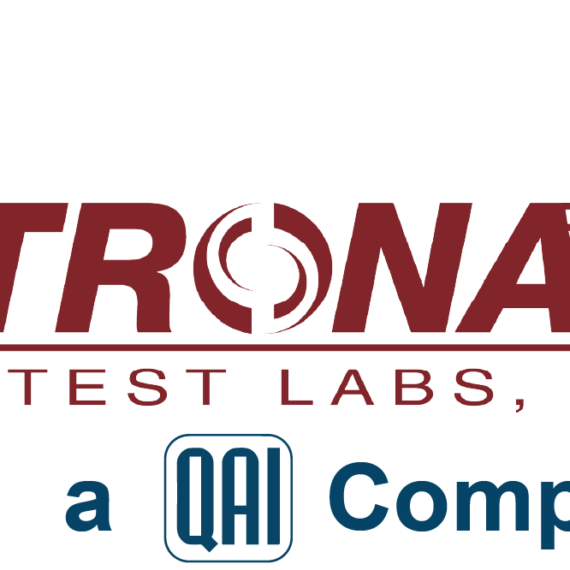Military / Defense
EMC testing laboratory for Military / Defense
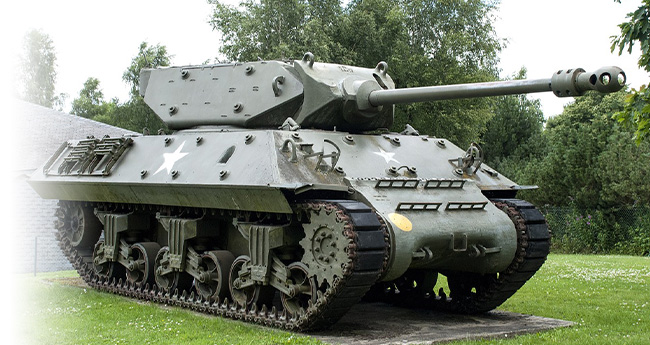
The United States defense standards often referred as military standards. These military standards are divided into five different types: Standard practices, interface standard, design criteria standard, manufacturing process standard and test method standard. The MIL-STD-461, covers EMC requirements, MIL-STD-462 covers test methods and MIL-STD-464 provide lot of the system level requirements. The system document points to MIL-STD-461 as the standard for qualifying individual subsystems.
These standards are assigned with unique numbers to easily define the test environment, for example MIL-STD-461 is for EMC and MIL-STD-810 is for environmental testing.
These standards were released more than 50 years ago. The first military standard MIL-Standard-826 was published in 1964. The first version of MIL STD-461A was issued in August 1968. This standard went through seven revisions, the latest is MIL STD-461G. The military standards are written with very high level of detail including test requirements, test methods, interface requirements on establishing and managing the test configurations.
The United Kingdom’s equivalent standard is DEF STAN-59-411 which supersedes DEF STAN-59-41. DEF STAN-59-41 was first published in March 1971. It went through multiple revisions as well. The final revision DEF STAN-59-411 covers all aspects of EMC including selection of requirements from management of projects to testing and test reporting. In January 2007, the United Kingdom’s Ministry of Defence, issued Def Stan 59-411 Issue 1 on Electromagnetic Compatibility (EMC).
The military standard for the United Kingdom talks about five main sections as well:
- Part 1: Management & Planning,
- Part 2: Electromagnetic Environments,
- Part 3: Test Methods & Limits for Sub-Systems,
- Part 4: Platform & System Test & Trials and
- Part 5: Code of Practice for Tri-Service Design & Installations.
DEF STAN 59-411 is also organized into three different types of equipment for Line Replaceable Units (LRU) and sub-system:
- Type 1: Any and all equipment containing electronics components, all testing is applicable.
- Type 2: Any and all equipment containing; motors, generators, and electromechanical units (excluding items under Type 3) radiated emissions, conducted emissions and transient tests are applicable.
- Type 3: Any and all equipment containing; relays, solenoids and transformers only imported/exported transients, and power frequency magnetic field tests are applicable.
We can keep going into the details of the standards. These military standards provide all the details and guidance. QAI is fully equipped to perform testing for military devices and subsystems. Our team of experts are fully qualified and experienced, and we have available dedicated chambers & test equipment to perform tests for the military industry. If you design or manufacture products that must meet stringent requirements of the Department of Defense (DoD), we have you covered. At QAI, we will make sure the testing is performed according to the standards and on schedule. QAI have just added radiated susceptibility testing to perform 200V/m.
QAI’s Military Testing Capabilities: Please review our ISO 17025 scope accreditation here for more information or talk with a member of our sales team.
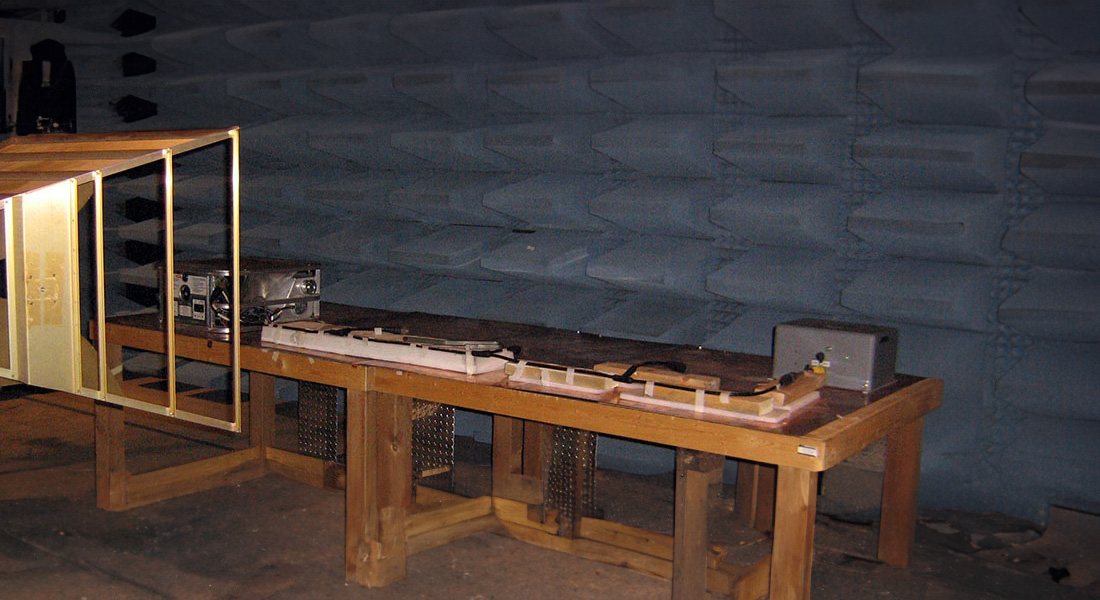
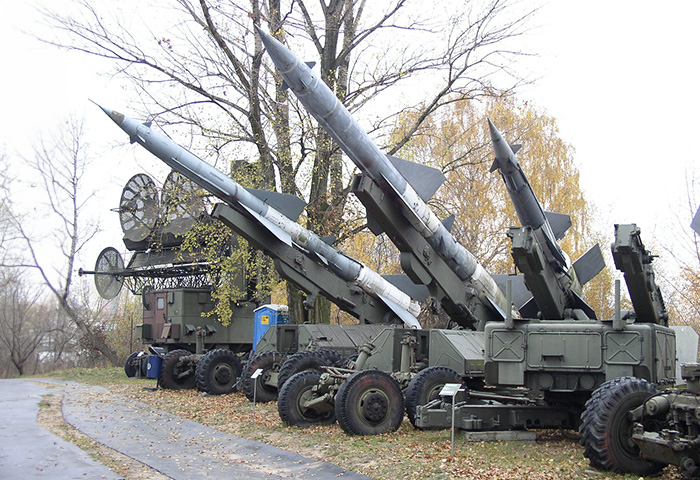
For more information about our services please contact us at:
📞 USA 888.540.4024 📞 CANADA 877.461.8378

Founded in 1995 by a group of experienced certification and testing experts, QAI is an independent third-party testing, inspection and certification organization which serves the building industry, government and individuals with cost effective solutions through our global, in-house capabilities / services.
Latest News
-
2023 Alberta Edition of the National Building Code
Dear Valued Client, Subject: Announcing the publication of the 2023 Alberta Edition
5 April, 2024 -
QAI LABORATORIES (QAI) AND ATRONA TEST LABS (ATL) JOIN FORCES TO EXPAND TESTING CAPABILITY
QAI Laboratories is pleased to announce the acquisition of ATRONA Test Labs,
18 March, 2024 -
QAI Laboratories (QAI) And Harrington Geotechnical Engineering, Inc. (HGEI) Join Forces To Expand Engineering Capability
QAI Laboratories is pleased to announce the acquisition of Harrington Geotechnical Engineering,
13 March, 2024
Services
Contact
 USA 1(888)540.4024
USA 1(888)540.4024
 Canada 1(877)461.8378
Canada 1(877)461.8378
 Europe info@qai.org
Europe info@qai.org
 China china-info@qai.org
China china-info@qai.org
 S Korea asia-info@qai.org
S Korea asia-info@qai.org
